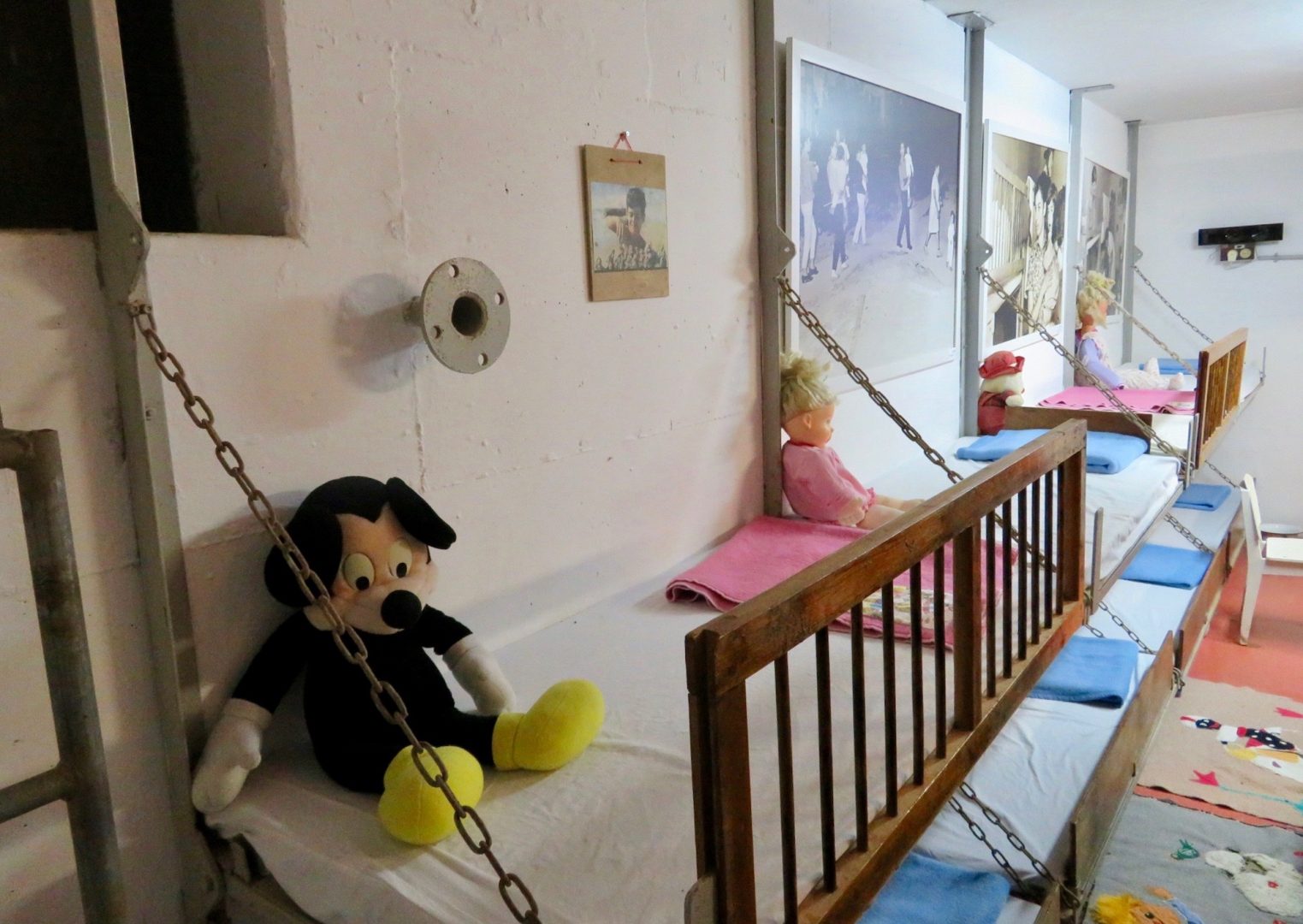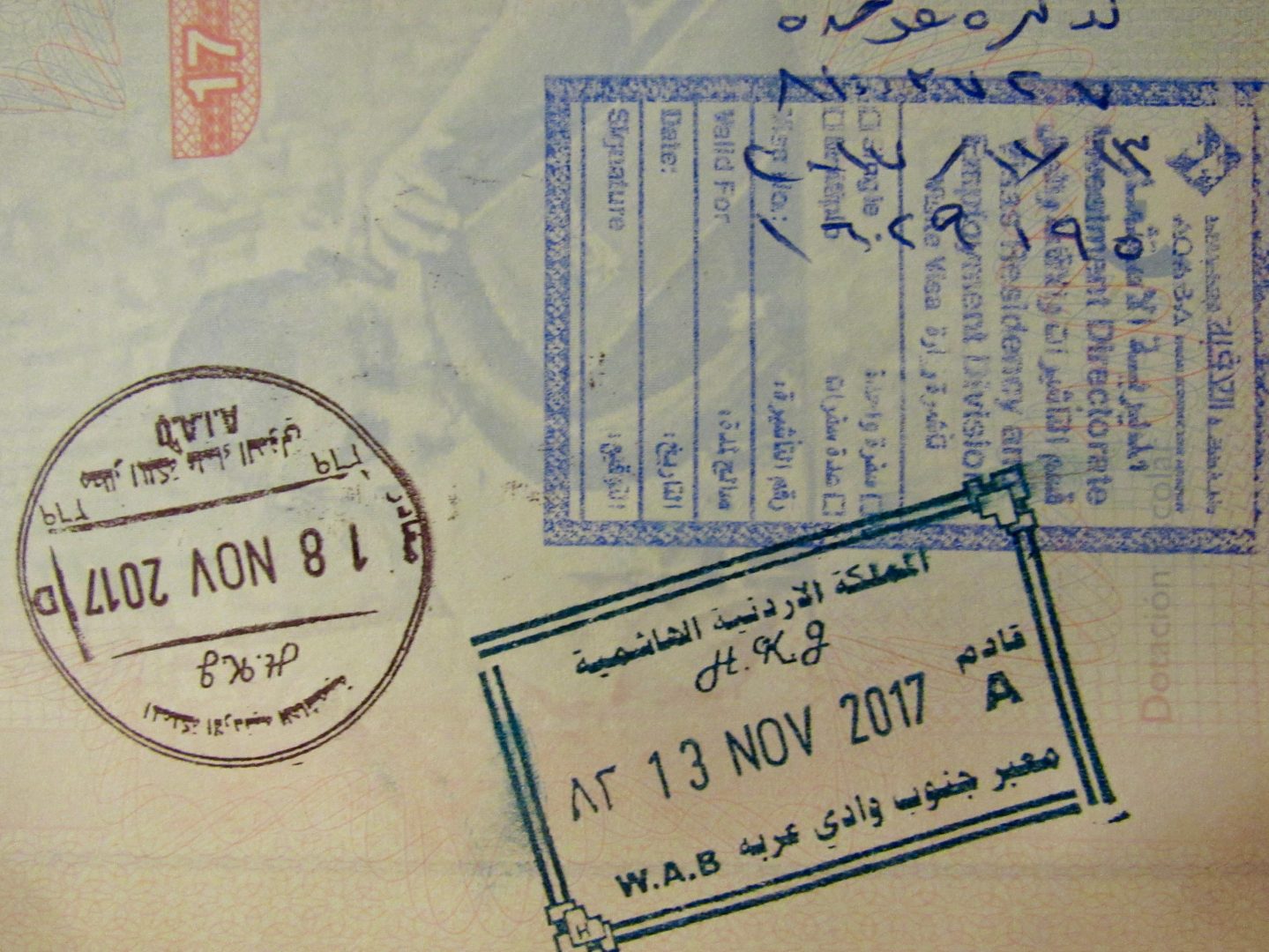Kibbutz in Hebrew means “gathering or grouping” which was exactly what was done in the collective communities. I was surprised at the number of people who asked me if I was going to visit a kibbutz in Israel. There is a huge curiosity to know about this lifestyle that is so famous worldwide. Luckily the MASHAV Rural Tourism course took us to several kibbutz, including Sha’ar Ha Golán, Degania B, Ga’ash and Shefayim.
The history of kibbutz in Israel
The first kibbutz was Degania Alef founded in 1909 when the country of Israel still did not exist. This area was Palestine and was part of the Ottoman Empire. The philosophy of the founders was a combination of socialist with Zionist.
Zionism was a movement made by the Jews who supported the re-establishment of their own land in what was historically the land of Israel or at that time Palestine. The Jews were in these lands since the time of Abraham. This movement emerged at the end of the 19th century in Europe as a reaction to anti-Semitism.
10 men and 2 women moved from Europe to the region of the Sea of Galilee, near the Jordan River where Jesus was baptized. They built mud and wood houses. Their job was going to be agriculture because they felt they had lost contact with the land. But they had no experience and on top of that the land was very bad, with swamps in the Galilee, deserts in the south of the country and stones in the mountains.

The area was very hostile at that time due to diseases such as malaria, typhus and cholera and the few existing sanitary conditions. Besides the Bedouin entered the farms and took whatever they wanted. They also sabotaged the irrigation canals and burned the crops.
If they had tried to live individually they all would have died. Living collectively meant gathering economic and labor resources.
They used the kibbutz to populate Israel
Kibbutz members contributed what they could to buy land but they needed more. The international Jewish community supported the Zionist movement and the Jewish National Fund created “Blue Boxes” where people put coins for the purchase of land in Palestine.
In 1914, Degania Alef had 50 members and in 1920 Degania Bet was founded, which is one of the kibbutz we went to visit. More Jews came with agricultural experience between the First and Second World War. In the 20s more kibbutz and larger ones were founded. By 1927 there were already 2,000 people and when World War II began there were 24,105 people in 79 kibbutz.
Kibbutz Sha’ar HaGolan has a lot of historical value
We went from the center of MASHAV in Haifa to Golan Heights, which is located 1 kilometer from the Jordan border. At the end of the day they took us to see the border that has two fences with electrified wire, although there is a peace treaty with Jordan.
Sarita received us who lives and works in this kibbutz in Israel. As it was the first kibbutz we visited, we took the opportunity to ask everything we could think of. She told us that the kibbutz was founded on March 21, 1937 and that it was 80 years old. This kibbutz is older than the country of Israel. The founders were young members of Hashomer Hatzair, which is the oldest Zionist movement still in existence.
When they were digging, they discovered an 8,000-year-old Neolithic town called Yarmukian. Among the artifacts were the first ceramic vessels found in the Land of Israel. These people abandoned their nomadic lifestyle in favor of a permanent settlement, marking the change from hunting and gathering to agriculture. You can see the pieces in a museum.

Kibbutz children lived together
One of the most controversial issues was the children of Kibbutz, as they are called. Children were raised collectively as until 1991 because of external policies and modernization of the system. One of the fundamental concepts of the collective society was gender equity. Therefore men and women worked equally.
When a baby was born, the mother was with him / her for a few days, it could be a week and then they passed it to the collective. All children of the same age were raised as brothers in a collective education system. Kibbutz children lived in children’s homes with a babysitter who cared for all their needs. Each house had rooms, a bathroom, dining room and classroom.
Of course it was known who were the parents of each child. The children spent about two hours a day with their parents in the afternoons after lunch. At that time there was no kitchen in the houses, so they could only eat in the collective dining room.
Another issue was security, as it was very difficult to take several children to bomb shelters before the peace with Jordan.

In Kibbutz Shaar Hagolan we were taken to an old bomb shelter that was a room for children. Here we were shown a video of what the kibbutz was like in the worst times of conflict between 1967-70. At that time there were intense bombings in the border area. The children slept for almost 4 years inside the bomb shelters in small bunk beds. Usually an adult slept with the children.

Bomb shelters still exist today but fortunately they are a precautionary measure and not an everyday necessity.
How do they live in Sha’ar HaGolan kibbutz?
They are not religious, I found this curious in a country that has a confessional state. It seems that many kibbutz in Israel are the same, celebrating Jewish traditions, but not following religion. The philosophy is “collective socialist with all values” and the salary goes to a common box to be divided.
You can work inside or outside the kibbutz and you can earn whatever amount. Salaries are divided according to the number of people in each family with an additional bonus for seniority. This kibbutz in Israel has 700 people including children and 300 members.

In the end, salaries are an additional benefit, because the idea is that kibbutz members pay nothing. The houses are from the kibbutz and are distributed as the needs of the families change. There are kibbutz cars, members should only say when they want to use them, but they can still buy their own. Primary and secondary school is free, as is food.

The dining room is the center of the kibbutz and is where all decisions are made democratically. It is also where gossip is shared and you can learn about social activities. The kibbutz has two offices, one economical and one social.
Sha’ar HaGolan is a very lucrative kibbutz, as are many more kibbutz in Israel. They have a very successful company called Golan that produces plastic products to make pipes for heating in radiators or plastic drains that are exported to Canada and Chile. They also have avocado plantations, bananas, almonds, dates, watermelons and cattle.
The modernization of kibbutz in Israel
The transition to the modern world was difficult for the kibbutz in Israel. As the state of Israel already existed, the importance of the philosophy of the Zionist movement was not the same. The children or grandchildren of the founders wanted to opt for more opportunities in the cities. The average age of kibbutz began to get old and they could not retain young people.
They realized that they had to be more flexible if they wanted to retain members. Many kibbutz were even privatized, others began to let their members have private property. Payment models also stopped being so socialist in some kibbutz.
Today the houses have all the modern technology with their own kitchens and dining rooms. Most kibbutz still have dining rooms that are used for members, tourists and employees. Others like Kibbutz Ga’ash have already closed their dining room.

Life in Israel is very expensive and this combined with modernization made the members’ children want to return to live with their families. The problem that kibbutz in Israel now have is the lack of houses. Many have built or are building on the land they have. Priority is given to the family of members, but anyone can apply.
You must live in the kibbutz for a trial period that lasts 2 years, then a vote is taken in the dining room, almost always members are accepted. In 2016, seven families were received at Sha’ar HaGolan after the test time.
Tourism opportunities in the kibbutz
Two of the kibbutz we visited had accommodation, including Shefayim and Shaar Hagolan Kibbutz Country Lodging. They told us that the idea of being tourist sites began in the nineties. They had to prepare members studying tourism courses and went to visit other sites that provided that service.

In 2000 there was a tourism boom when the Pope went to Israel. Sha’ar HaGolan used an aid that the government provided to grow from 24 to 42 rooms. Some kibbutz were adapting rooms that were previously provided to the soldiers or that were no longer used, while others built new infrastructure.
If you go to Booking you can find 26 kibbutz with hotels in Israel.
If you visit Israel you must go to visit or stay in a kibbutz. Being able to live with the members and listen to their stories is a very interesting experience.





